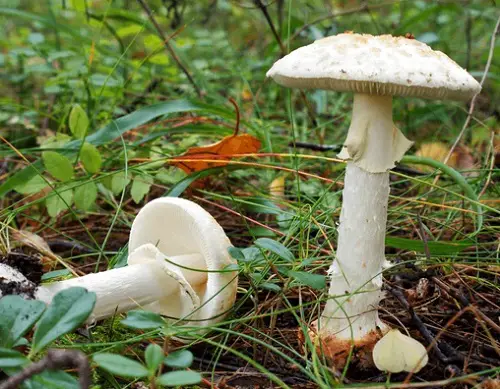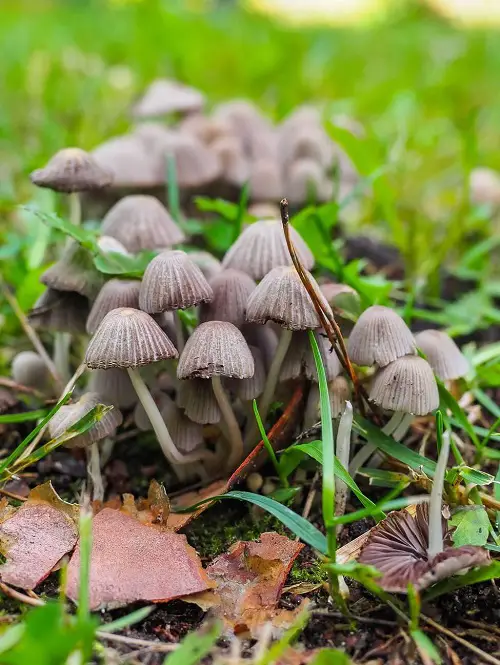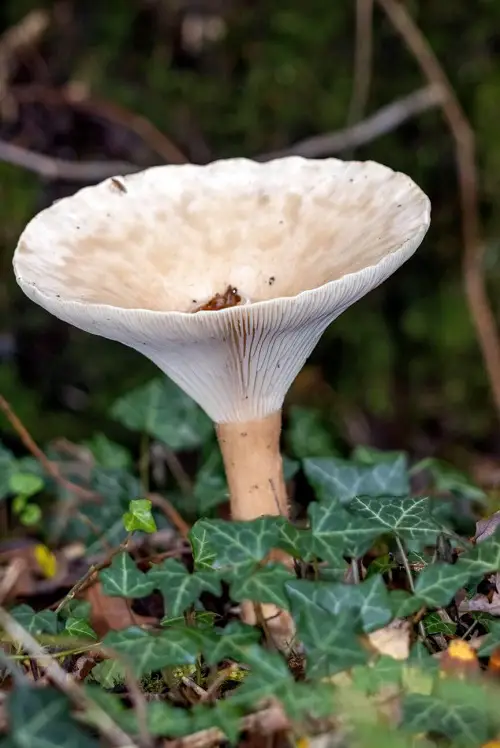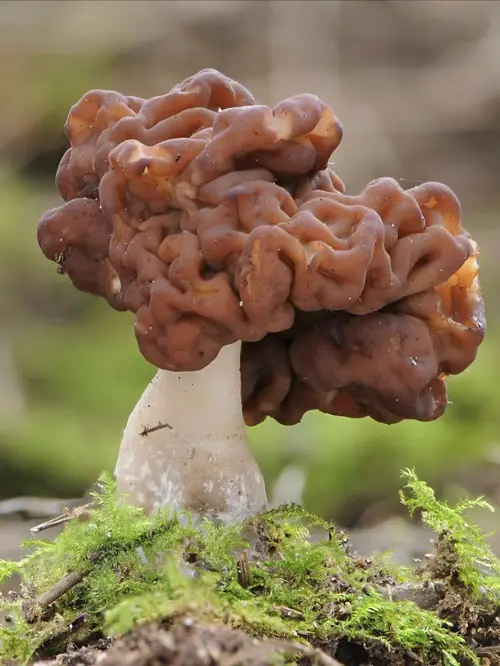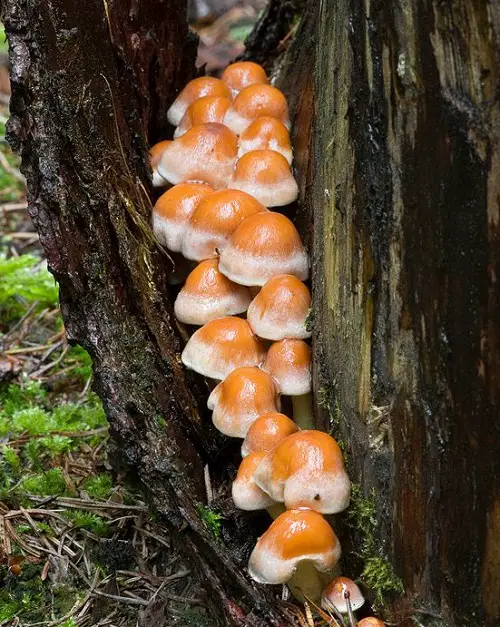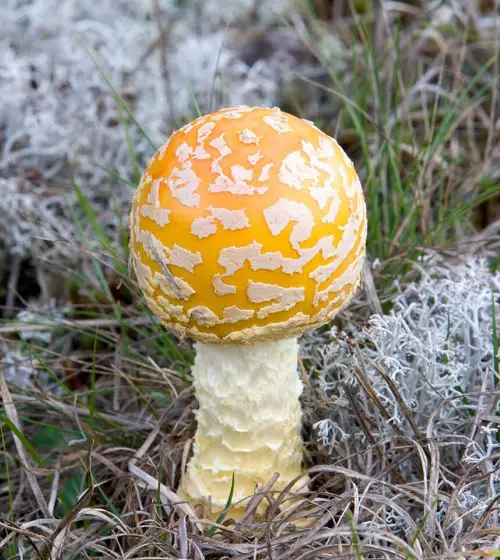Save yourself from accidentally picking up Poisonous Mushrooms in Tennessee with this guide!
If you are roaming in the wilderness of Tennessee and come across mushrooms that look too tasty, well, wait! They can be poisonous! Let’s have a look at them.
Have a Look at Edible Mushrooms that Grow on Trees
Poisonous Mushrooms in Tennessee
1. Deadly Galerina Mushroom
Botanical Name: Galerina marginata
Deadly galerina mushroom contains amatoxins, which specifically target the liver, leading to severe liver damage and death within 7 days if ingested. Now you surely know you gotta stay away from this one!
2. Laughing Gym
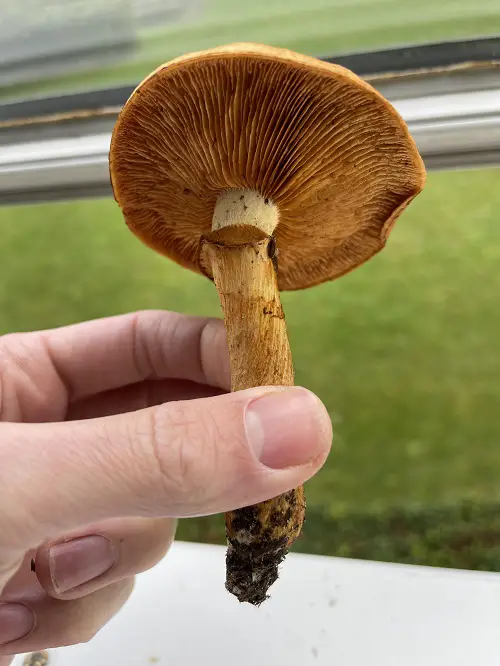
Botanical Name: Gymnopilus spectabilis
Don’t let its name fool you – it may have the last laugh! It contains hallucinogenic compounds like psilocybin and psilocin, which consumed can make you laugh for hours and might also give you other serious issues!
3. Livid Pinkgill
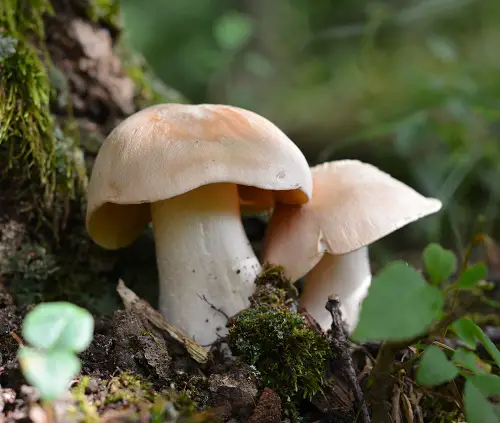
Botanical Name: Entoloma sinuatum
It is a poisonous mushroom found across Europe and North America during autumn. This can lead to gastrointestinal toxicity, causing symptoms like diarrhea, vomiting, and headache. You can spot it in deciduous and coniferous forests in Tennessee.
4. Destroying Angel Mushroom
Botanical Name: Amanita virosa
Next on the list of poisonous mushrooms in Tennessee is this one, which contains amanitin that attacks the nervous system, earning it the title of “the deadliest mushroom.”
5. Deadly Webcap

Botanical Name: Cortinarius rubellus
This mushroom belongs to the Orellani group—a highly toxic genus! If eaten, it can lead to permanent kidney failure because of a type of mycotoxin.
6. False Parasol
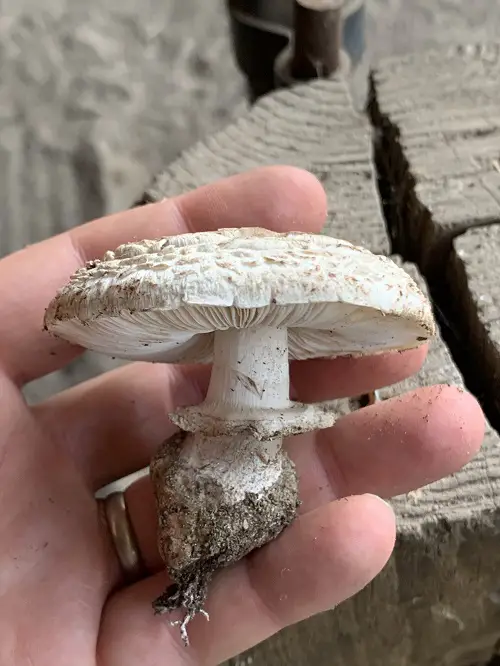
Botanical Name: Chlorophyllum rhacodes
Their similar appearance to that of the Parasol mushroom (edible) can mislead you in the lawns of the United States. Consuming them can cause several gastrointestinal issues. To spot them out, look for the stubby appearance with gills underneath the top growth.
7. Liberty Cap Mushroom
Botanical Name: Psilocybe semilanceata
This is another of those famous hallucinogenic mushroom. It has a cream cap, purple spores, and thin cream or brown stalks. Its consumption is considered illegal.
8. Ivory Funnel
Botanical Name: Clitocybe dealbata
Ivory Funnel is particularly dangerous due to its high levels of muscarine, a toxic compound that can quickly lead to excessive salivation, sweating, and tearing within 15-30 minutes of ingestion.
9. Death Cap
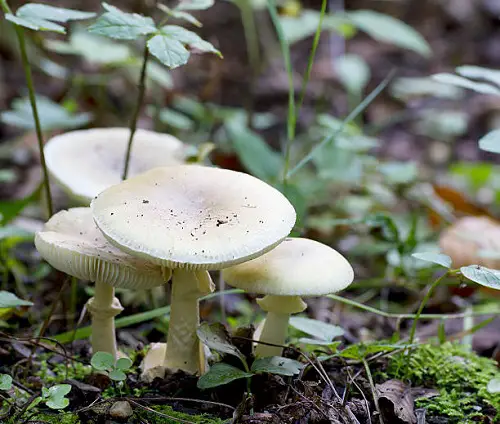
Botanical Name: Amanita phalloides
It is a toxic mushroom of the family Amanitaceae, majorly found on the west coast of North America. This one is a highly toxic species due to α-amanitin that can cause severe liver derangement.
10. False Morel Mushroom
Botanical Name: Gyromitra esculenta
The false morel mushroom resembles a brain in shape and has a dark brown color. It is toxic, primarily affecting the liver, kidneys, and central nervous system, leading to potential seizures. This is a common sight under conifer trees in wooded areas.
11. Common Earthball
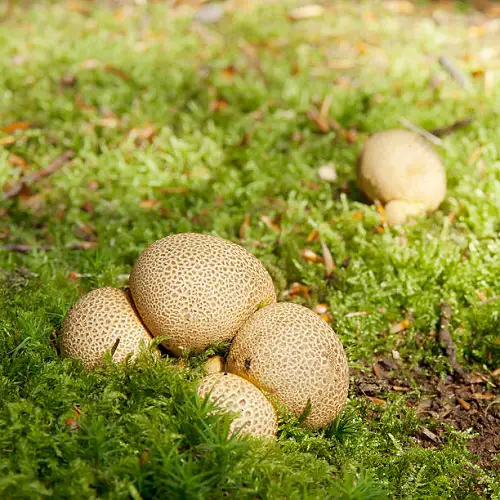
Botanical Name: Scleroderma citrinum
This one is round, like a small potato. It is not edible due to the presence of toxic substances named scleroderma, which these fungi use as a defense mechanism.
12. Sulphur Tuft
Botanical Name: Hypholoma sublateritium
This mushroom has an orange-yellow to brown disk with sulfur-yellow to greenish margins. It is noted for its deadly reactions if consumed. Look for decaying wood in forests and you’ll spot these there.
13. Yellow Patches
Botanical Name: Amanita flavoconia
The last on the list of poisonous mushrooms in Tennessee, consuming it in large quantities can cause vomiting, abdominal pains, and more. You can spot it in Tennessee forests.



